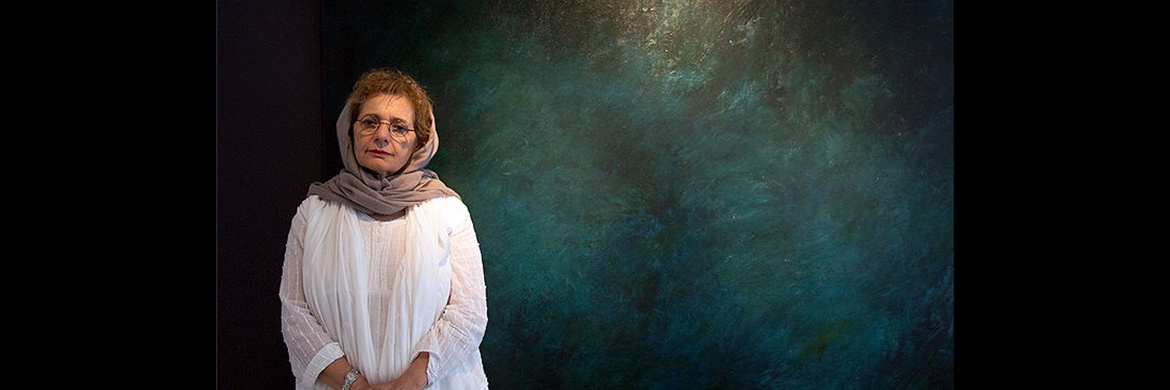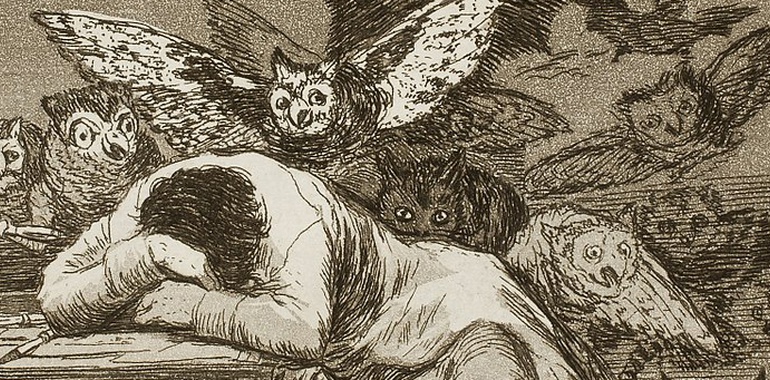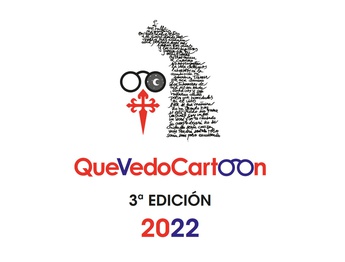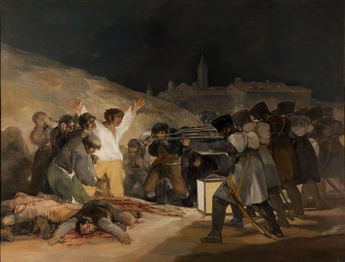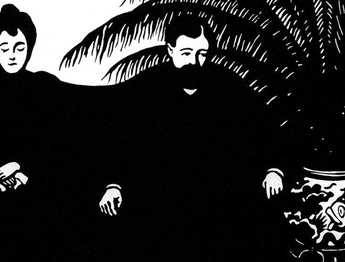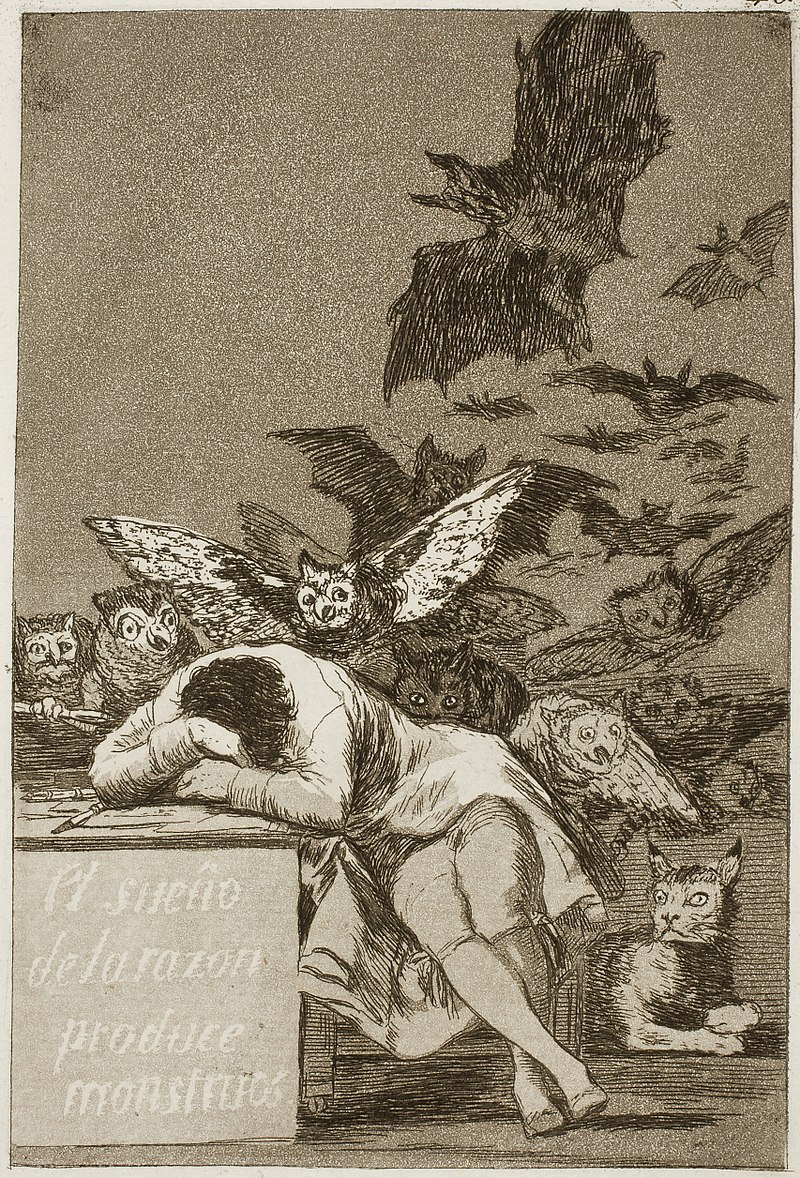
sleepiness awakens the wisdom of the monster/ Etching and aquatint print / 1977 / Nelson-Atkins Kansas Museum of Art
Napoleonic Wars, French Revolution, Spanish social unrest; There are events that Goya has experienced in his 82 years of life and his art has been influenced by them. Goya became a portrait painter from a Spanish court textile designer and became one of the most famous social critics of his time. His fame owes more than anything to four printed collections with themes of criticism of social conditions: the tragedies of war, proverbs, bullfights, and the whimsical collection.
The whimsical collection is a critical collection. The subjects of Goya's work in this collection are the criticism of superstitious fears, the power of the church, the Inquisition, the greed of courtiers, the exercise of the power of government offices, the corruption of officials, and moral decay. Goya intends to interpret his critical images of society as his nightmares. In this collection, young and old, clergy and nobles, peasants and prostitutes, witches and goblins all coexist in a dark, corrupt and immoral world.
A man resting his head on his hands on the table and falling asleep, his painting materials spread on the table while owls and bats are flying around him. A lynx that looks at him with open eyes and a creature that stares at the audience from behind him with its scary eyes. This etching-aquatint print (1797-1799) is the 43rd work from the collection of 80 whimsical prints by Francisco Goya, a Spanish painter and printmaker. It can be said that "sleepiness awakens the wisdom of the monster" is a kind of manifesto of this collection.
In his works, owls, bats and giant cats can be seen, which are not just the result of artistic imagination, as their creator claims: they are comments on social phenomena that express his real goals. Appeared on aquatint background work before final etching. Free and expressive lines, light and dark strokes, brief and focused images on a small number of figures and shadows that slowly enter the light from the background and approach the audience and the subject. All the elements are arranged next to each other in a way to convey the illusion and terror to the audience; The ominous future that comes to man in case of decay of wisdom.
What Goya means by this image is a matter of debate. On the side of the table on which the man is leaning, the title of the work is engraved "sleepiness awakens the wisdom of the monster".". One of the most prominent features of the 18th century was the peak and failure of the Enlightenment, an Enlightenment that believed in the superiority of thought and wisdom. It can be said that this sentence in Goya's work shows his adherence to this Enlightenment thinking. When wisdom falls asleep, the absurd and repulsive creatures of superstition are awakened and active and drive their victims into ignorant madness.
On the other hand, the main title of the work in Spanish is “El sueño de la razon produce monstruos”. The word “sueño” can mean both dream and sleep. Based on this, Goya in this work can also seek enlightenment confirmation that in the absence of wisdom, imaginations can lead to brutality and madness, or it wants to state that wisdom without imagination leads to madness and violence. Wisdom may dream without sleeping, it may intoxicate itself, like the French Revolution, with dreams of inevitable progress, freedom, equality and fraternity arising from violence, human self-sufficiency and the end of sorrow. The end that Goya had seen.
As the power of thought diminishes, the artist can free his imagination, unleashing nightmarish imaginations and inner demons controlled by reason. But is the artist a victim of these dark and uncontrollable forces, or is he the beneficiary of this liberating power that enables him to "see" (like nocturnal creatures)? Goya had invented sarcastic captions for his pictures, which he engraved on the plate after printing them. Perhaps the explanation of Goya in the subtitle of this work will help us to understand his meaning better: "If we take imagination from reason, it can produce unbelievable monsters, but if they are together, they are the mother and source of art and wonders." In other words, Goya believed that we should not give up imaginations in favor of wisdom; These two should not be separated from each other. The aspects of romanticism of the work are revealed to the audience here.
Author: Shahrazad Naghib
Prepared and arranged by: Narges Saheb Ekhtiari

